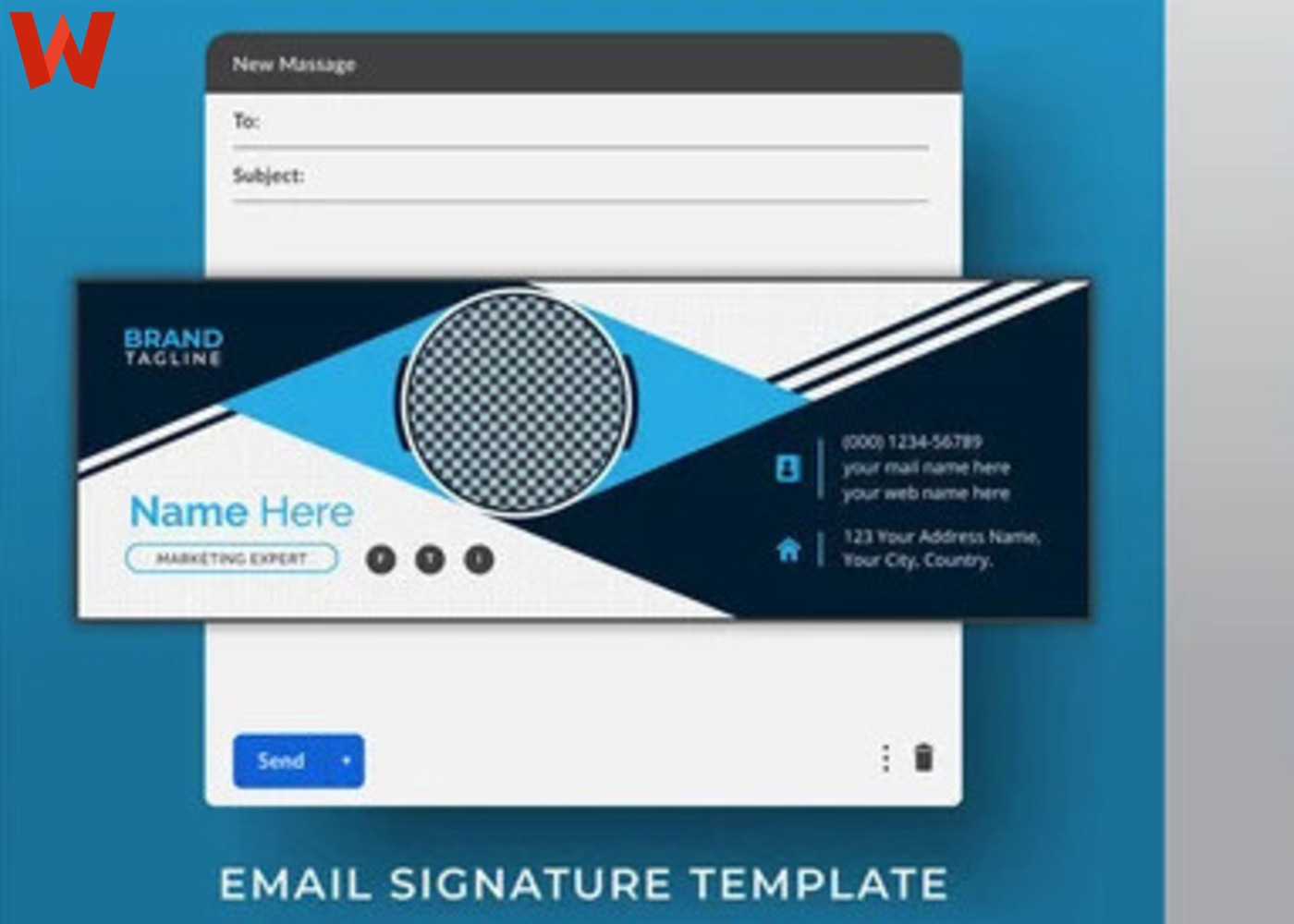
How novel is Seq2seq?
Since machine learning has gradually become a sensation, a few terms, processes, and tools will enjoy a better spotlight now than they did before.
Interestingly, this post will address a family of machine-learning approaches to language processing that has exciting features like text summarization, image captioning, and the like. At the end of this read, you will understand what Seq2Seq means, its features, what makes it preferred, and its major drawbacks. Let's read along now, shall we,
What is Seq2Seq?
Seq2seq is a short form Sequence-to-Sequence is a type of deep learning architecture used for natural language processing (NLP) tasks. It consists of two recurrent neural networks (RNNs): an encoder network and a decoder network.

How does Seq2Seq work?
The encoder network takes in a sequence of input tokens, such as words or characters, and processes them one by one, generating a fixed-length vector representation of the input sequence. This vector, known as the "context vector" or "thought vector," encodes the meaning of the input sequence and is passed on to the decoder network.
The decoder network takes the context vector as input and generates a sequence of output tokens, such as words or characters, one by one. It generates each output token based on the context vector and the previously generated tokens, using a technique called "teacher forcing," where the decoder network is trained to predict the correct output token given the input sequence and the previous output tokens.
How are Seq2Seq models used?
Seq2seq models are often used for machine translation, where the input sequence is a sentence in one language and the output sequence is the same sentence translated into another language.
Here are a few examples of how Seq2seq can be used:
- Machine Translation: Seq2seq models are particularly effective for machine translation tasks, where they can be used to translate text from one language to another. Popular machine translation tools like Google Translate use Seq2seq models to translate text.
- Text Summarization: Seq2seq models can be used for text summarization tasks, where they can be trained to summarize long documents into shorter summaries that capture the key points of the original text.
- Conversational Agents: Seq2seq models can be used to build conversational agents, or chatbots, that can simulate human-like conversation. For example, they can be used to build customer support chatbots that can answer common questions or handle simple customer inquiries.
- Speech Recognition and Generation: Seq2seq models can be used for speech recognition and speech generation tasks. They can be used to recognize and transcribe spoken language into text or to generate spoken language from the text.
- Image Captioning: Seq2seq models can be used for image captioning tasks, where they can be trained to generate a textual description of an image. This is a useful application for visually impaired people, for example, who can use image captioning tools to "read" images.

What is the major drawback of Seq2Seq?
While Seq2Seq models have many advantages, below are some of the drawbacks to be considered.
- Difficulty with long sequences: Seq2Seq models can struggle with long input or output sequences, as the recurrent neural network (RNN) architecture can lead to the vanishing gradient problem, which can make it difficult for the model to learn long-term dependencies. This can be addressed with techniques like using gated RNNs, attention mechanisms, and memory networks.
- Overfitting: Seq2Seq models can be prone to overfitting when trained on small datasets or when using complex architectures. Regularization techniques like dropout and weight decay can help address this problem.
- Difficulty handling out-of-vocabulary words: Seq2Seq models may struggle to handle out-of-vocabulary (OOV) words, which are words that are not present in the model's training data. This can lead to errors in the output sequence or a failure to generate an output sequence. This problem can be addressed by using techniques like subword tokenization, which breaks down words into smaller units that are more likely to be present in the training data.
- Need for large amounts of data: Seq2Seq models typically require large amounts of data to train effectively. This can be a challenge in many NLP tasks, especially for languages with limited data or for specialized domains with limited data availability.
- Computationally intensive: Seq2Seq models can be computationally intensive to train, especially when using large datasets and complex architectures. This can require significant computational resources and may limit the ability to train and deploy these models in certain contexts.
Conclusion.
While Seq2Seq models have many strengths and are in wide use in NLP, it is essential to be aware of these potential drawbacks and to carefully consider them when selecting and using Seq2Seq models for specific tasks.
Feb 22, 2023 by oluwafemi-smith 2.5K Views
Share This Post :
 Facebook
Facebook
 Twitter
Twitter
 Linkedin
Linkedin
 Telegram
Telegram
 WhatsApp
WhatsApp
 Pinterest
Pinterest



